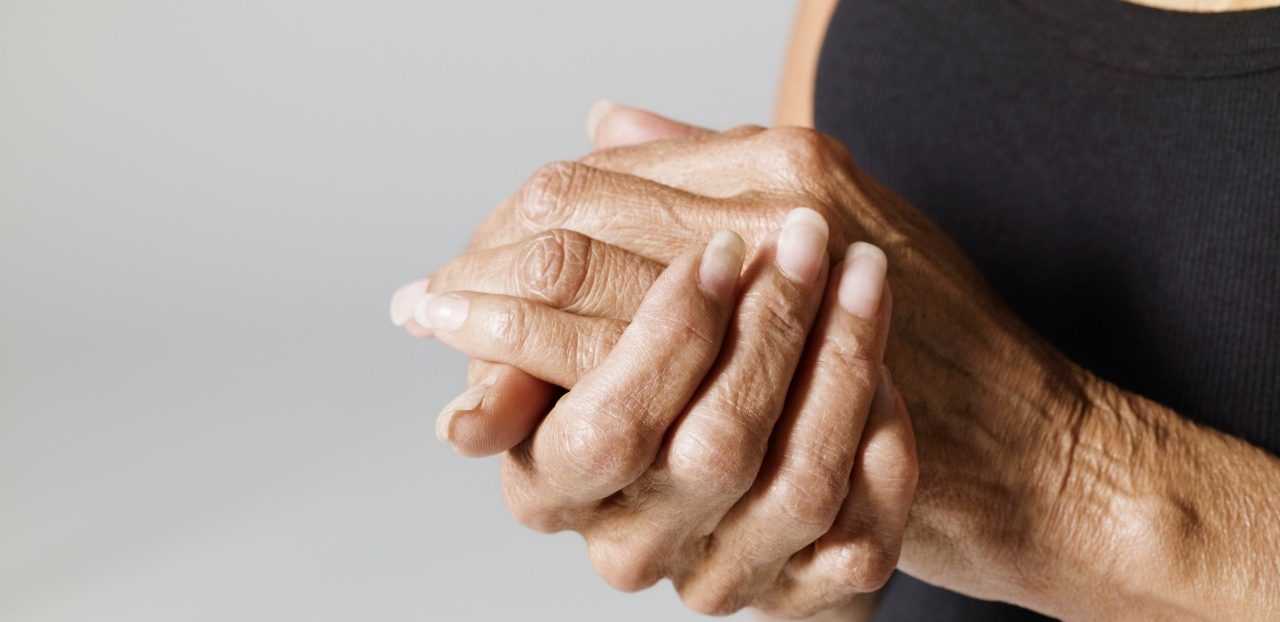February 14, 2018
My Pain Isn’t Your Pain

Recently, I told a close friend — let’s call him Jim — about a chronic pain problem. He listened and nodded. The next day, he brought up the subject and said, “I just have too much to do to give into pain. I get up and get going.”
“When did you have pain?” I asked.
“Well, actually, hardly ever. I had no pain when I broke my leg,” Jim said, beaming with pride
“So what do you mean you get up and get going when you have pain?”
“I take an aspirin. I can’t think of any time I’ve had a pain that didn’t go away with aspirin.”
I suppressed my first reaction — Jim is actually a good person, but on the boastful side.
“That’s not the kind of pain I’m talking about.”
“Oh, I don’t mean you,” he said. “You’re not like that. But you know how people are. Doctors shouldn’t listen to people and give them painkillers just because they ask.”
As we read the news about an opioid epidemic, I imagine how many people are thinking like Jim, that people with chronic pain are whiners. Let’s be clear: Only a small portion of people given opioids become addicted to them. Also, you’d be wrong if you surmised that pain patients are all complainers. Yes, painkillers have been overprescribed — but patients need better treatments, not an aspirin.
YOU MIGHT ALSO LIKE: Manage Your Chronic Pain Safely with this App
About one in five people now suffer from chronic pain. Some are medical success stories — patients surviving cancers that once would have killed them. New surgeries can keep you alive after once-fatal injuries, but up to 10 percent of patients may find themselves with persistent post-surgical pain. We’re also simply living longer, and developing pain as we age. Some 40 percent of older Americans live with pain. The available medications, even in combination, don’t do the job. According to pain researcher Mary Lynch, at Dalhousie University in Halifax, Canada, about 30 to 40 percent of patients get only 50 percent relief.
Opioids may make you addle-headed or constipated, and, in chronic cases, even aggravate the pain over time. In figures reported by the National Institute of Drug Abuse, between 8 and 12 percent develop an addiction.
What can you do instead? There are electrical treatments, non-opioid medications, and therapy that all help. Be persistent. Don’t let anyone patronize you the way my friend patronized me.
As it happened, my pain was the embarrassing kind that isn’t tied to an illness or injury. Unexplained pain includes the muscle aches of fibromyalgia, abdominal cramps in irritable bowel syndrome, migraines, and low back pain. Some people are wired to feel pain more intensely and tend to start having chronic pain issues early in life. You might, like my friend, feel pain rarely and mildly, or you might go from one pain issue to another. Is the difference “all in your head”? Sensations reach us through our nervous system and are tied to the brain. So, yes, everything you feel is “in your head.” But the difference been my friend and me is probably largely genetic.
It’s true that changing how you think about pain can make it diminish. Pain is a feedback loop — you feel the sensation, tighten up, and are beset by thoughts like “What’s wrong with me?” “What did I do to deserve this?” “I’m going to lose my job if this goes on.” “My life is over.” Those thoughts aggravate the pain. If you can let go of them, move on and out of the loop; you have a better chance of managing your pain.
That does not mean pain at a particular time in your life means you’re especially unhappy or are neurotic.
However, if you’re in a bad place, managing those pain-triggered thoughts is harder.
Being in pain for a long time is in itself depressing. If you’re waking up during the night, a lack of deep-dreaming sleep affects your mood all day long. Pain also typically interferes with your usual form of exercise. You might end up sitting on the couch. Like everyone else, you need to move — exercise increases our tolerance of pain. The trick will be to find and pursue an activity that doesn’t aggravate your pain, swimming, for example. You’ll need to push yourself.
Managing your thinking and your sleep and exercise may seem a huge job — chronic illness generally is a huge job that requires discipline, optimism, and mindfulness.
Oh, yes, it’s also your job to use any medication only as prescribed.
If your pain is bad enough, that’s tough. I recently spoke to an elderly retired doctor who also ran a research lab in her day. She told me about nearly a year with severe pain running up her leg. She had a prescription of OxyContin. “I did everything wrong. I doubled up on the dose. I took more than one kind of painkiller at a time. I drank.”
“You drank? But you knew how dangerous that was….”
“I didn’t care. I just didn’t want to feel the pain anymore,” she said.
She persuaded a doctor to perform surgery, despite her advanced age, and the pain is gone. “I feel lucky, “ she said, and she’s right. She could have had post-surgical pain.
I’m also doing well because I’m working at it: Exercising, interrupting the negative thoughts, making sure I sleep, and feeling compassion for myself rather than self-blame. I told Jim he knew as much about pain as he knew what it was like to be a giraffe.


